The UK has seen a drastic decline in the number of shops on its high streets, and these are proving to be a financial burden on insurers
Insurers are bearing the brunt of the death of the high street as it lost more store fronts than ever in 2018.
And the more the high street becomes abandoned, the tougher it is for insurers to cover.
In 2018, the top 500 UK high streets lost 2,481 shops, 40% more than the year before (when it lost 1,772) according to PwC. It is the worst net loss the high street has seen since records began.
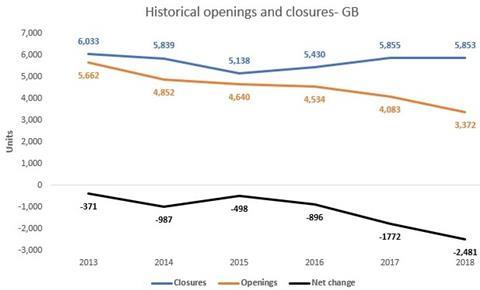
The 2018 net loss is also nearly seven times than that in 2013 (when it lost 371).
Why the decline?
PwC says the problem is not with more shops closing; rather it is fewer shops opening.
Felix Ampofo, PwC UK executive of media relations, who focuses on legal and consumer industries said: ”Closures have stayed at a steady pace for the last few years, between 5,000 and 6,000 closures per year.
“The problem is with openings. That has seen a drastic fall in the past five years and that is why the net loss is a lot larger now than it was five years ago.”
PwC’s leader of industry for consumer markets Lisa Hooker believes there are four main reasons why the UK is seeing a decline in high street store openings.
They are:
- Structural change to online shopping - Hooker said: “The online penetration for non-food products was 23% in 2018 and is expected to be nearer to 30% by 2023.” She said this decline in the high street is not likely to end soon future, adding that online penetration for non-food could hit 50% by 2030.
- Subdued consumer spending - Hooker said that since the EU referendum, Sterling has lost value and inflation has increased, which is causing consumers to spend less on new clothes or other products they would usually find on the high street.
- The rise of the conscientious consumer - ”People are having their own water cups and are trying to reduce their plastic use,” she said. ”And this is also having an effect on the retail market.” Some brands have made strides in their bids to attract these conscientious consumers, with companies such as McDonalds and Coco Cola pledging to either reduce plastic use or increase use of recycled materials.
- Increased popularity of the rental market - This is where people are renting products from shops such as Ikea. “Consumers seem to be buying less, renting more and using it,” she said.
Abandoned shops a target for vandalism
Graham Sievers, researcher for VPS Group says that the risks a retail premesis is exposed to increases when it falls vacant. These include “vandalism, drug-den related crime, vandalism, arson and break-ins”.
Douglas Barnett, director of mid-market and customer risk management at AXA, said the decline in the high street is “not a surprise”.
He said: “You are seeing more health shops and gyms and coffee shops. The high street is becoming more of a destination, rather than somewhere to do your shopping.”
Barnett says an insurer has a big job in protecting a shop if it becomes vacant, which he says is critical in deterring vandals and squatters.
“That close-down period is critical. You have to get rid of everything and make sure the shop is empty, so the shop is not attractive for anyone to break into.
“Then you have to make sure the security is appropriate. You have to make sure the locks haven’t changed, make sure the electrics and water are off. It is a big process, and it has to happen for all closures.
”As an insurer, you want that shop space to be occupied, because that decreases the risk of a break-in.”
He also said that the task of keeping an empty shop space maintained has become more difficult.
“We have seen an increase of fly tipping. If someone is just leaving their rubbish in the street, that makes the shop space look less attractive, so we have to monitor the space more often.”
Barnett said these measures are necessary if the insurer and landlord wants to see the shop reopen.
“If you are a business owner looking to open a shop on the high street, you are not going to want a space that looks terrible and needs a lot of work.”
This close-down and maintenance process costs insurers each time, and as the statistics show, many more shop spaces are in need of prolonged upkeep.
Changing the functionality of the high street the solution?
Barnett feels that it is “down to local authority and city planners” to fix the issue.
He said: “They need to take a hard look at what the high street of the future will look like.”
A lot of people, he said, preferred to go into the city centre or to a retail park on the outskirts. “People prefer that because of the easier parking, and they know it has got everything that they want.”
But he added that the high street is “very important to local communities,” so while he still wants to see shop spaces occupied, he thinks the functionality needs to change to bring people back.
“You want to see more restaurants, you want to see a couple of bars. I think people want more of that for the high street, they want to see it becoming more of a desination.”
But this vital change will not happen “for years”. “Not until there is political willing and a lot more planning,” he said.
“It is something insurers need to get behind, because we don’t want to insure empty shop spaces, we want to see them filled and doing well.”



























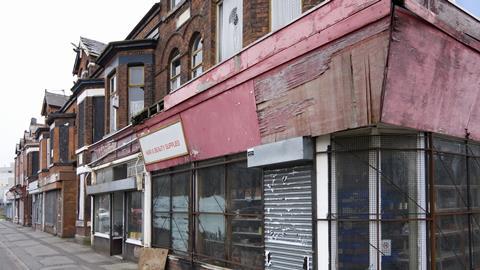




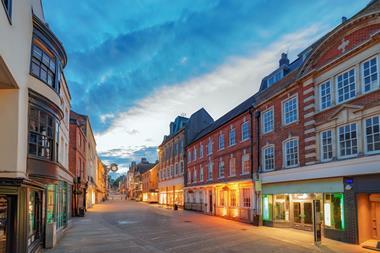
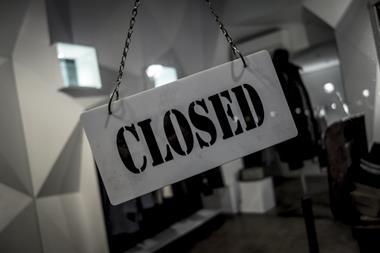
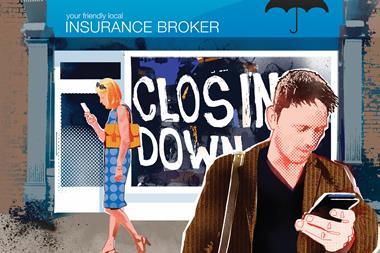











No comments yet